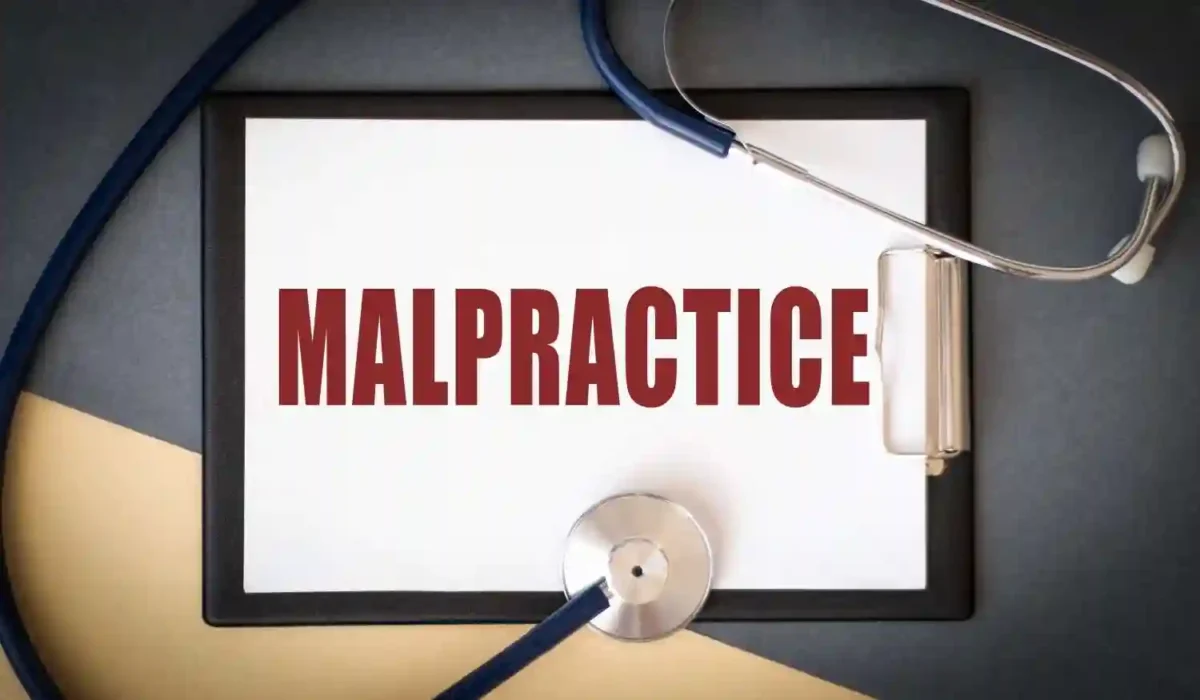
Understanding Shoulder Dystocia: An Overview
As a Tennessee Shoulder Dystocia Injury Lawyer, I know that shoulder dystocia occurs during childbirth when a baby’s shoulder becomes lodged behind the mother’s pelvic bone, making delivery difficult. This condition requires immediate medical intervention to prevent severe complications for both the mother and child. While it is a relatively rare occurrence, the potential consequences can be significant, necessitating a comprehensive understanding of the condition.
In many cases, shoulder dystocia is unpredictable. However, certain risk factors can increase the likelihood of its occurrence. These include gestational diabetes, obesity, a history of dystocia in previous births, and the delivery of a particularly large baby. Healthcare professionals must be vigilant in assessing these factors to prepare for potential complications during labor and delivery.
The implications of shoulder dystocia extend beyond the delivery room. The child may suffer from physical injuries, such as brachial plexus injuries, which can lead to long-term disabilities. The emotional and psychological impact on the family can be profound, making legal recourse a crucial consideration for affected families.
The Role of a Tennessee Shoulder Dystocia Injury Lawyer
A Tennessee shoulder dystocia injury lawyer specializes in navigating the complex legal landscape associated with these birth injuries. Their primary role is to advocate for families affected by medical negligence during childbirth. This advocacy involves meticulous case evaluation, evidence gathering, and representation in legal proceedings to ensure justice and compensation for the injured parties.
These legal professionals possess a deep understanding of both medical and legal intricacies. By collaborating with medical experts, they can analyze the standard of care provided during childbirth and determine whether negligence contributed to the injury. Their expertise is instrumental in building a strong case that can withstand scrutiny in court.
Moreover, a dystocia injury lawyer in Tennessee provides essential support to families grappling with the aftermath of a difficult birth experience. They offer guidance on the legal rights and options available, helping families make informed decisions about pursuing a lawsuit. Their compassionate approach ensures that families feel supported throughout the legal process, alleviating the burden during a challenging time.

Common Shoulder Dystocia Complications
Shoulder dystocia can lead to various complications, affecting both the newborn and the mother. For the newborn, brachial plexus injuries are among the most common complications. These injuries involve damage to the network of nerves controlling the arm and hand, potentially resulting in paralysis or weakness.
In severe cases, shoulder dystocia can cause fractures, such as a broken clavicle or humerus, necessitating immediate medical attention. Additionally, the lack of oxygen during a prolonged delivery can lead to hypoxic-ischemic encephalopathy (HIE), a serious brain injury with lifelong consequences.
The mother is not immune to complications either. Shoulder dystocia can result in postpartum hemorrhage, lacerations, or uterine rupture, all of which require prompt medical management. Understanding these potential outcomes underscores the importance of skilled medical intervention and the need for legal recourse in cases of negligence.
Steps to Take After a Shoulder Dystocia Incident
Experiencing shoulder dystocia during childbirth can be overwhelming, but taking immediate steps can help protect your legal rights and ensure the well-being of your child. The following actions are crucial:
- Seek Immediate Medical Attention: Ensure that both mother and child receive appropriate medical care to address any injuries sustained during delivery.
- Document the Incident: Keep detailed records of the childbirth process, including medical reports, hospital records, and witness accounts. This documentation is vital for building a strong legal case.
- Consult a Shoulder Dystocia Injury Lawyer: Engage with a legal expert as soon as possible. They can provide valuable advice on the viability of a lawsuit and guide you through the legal proceedings.
By taking these steps, you safeguard your family’s rights and set the foundation for potential legal action. Early intervention by a legal professional can significantly influence the outcome of your case, ensuring that justice is served.

Legal Rights and Options for Affected Families
Families affected by shoulder dystocia injuries have specific legal rights that can be pursued through a shoulder dystocia lawsuit. Understanding these rights is essential to navigate the complex legal framework and seek appropriate compensation.
Primarily, you have the right to file a medical malpractice suit if negligence is suspected. This involves proving that the healthcare provider failed to deliver the standard of care expected during childbirth, leading to injury. Your Tennessee shoulder dystocia injury lawyer will assess the case details and gather evidence to support your claim.
Additionally, families may seek compensation for various damages, including medical expenses, rehabilitation costs, emotional distress, and loss of future earnings if the child sustains long-term disabilities. Exploring these options with your lawyer ensures that all avenues for compensation are considered, providing financial relief during a challenging time.
The Process of Filing a Shoulder Dystocia Lawsuit
Filing a shoulder dystocia lawsuit involves several critical steps, each requiring careful attention and expertise. The following outlines the typical process:
- Initial Consultation: Meet with your lawyer to discuss the details of your case. They will evaluate the incident and advise on the viability of pursuing legal action.
- Investigation: Your lawyer will conduct a thorough investigation, gathering medical records, expert opinions, and other evidence to support your claim.
- Filing the Complaint: Once sufficient evidence is collected, your lawyer will file a formal complaint in court, outlining the allegations against the healthcare provider.
- Discovery: This phase involves exchanging information between parties, including depositions, interrogatories, and document requests, to build the case.
- Settlement Negotiations or Trial: Your lawyer will negotiate with the defendant for a fair settlement. If an agreement isn’t reached, the case may proceed to trial, where a judge or jury will determine the outcome.
Navigating these steps can be daunting, but with a skilled lawyer by your side, you can confidently pursue justice for your family.
Potential Compensation for Shoulder Dystocia Injuries
Compensation for shoulder dystocia injuries can vary based on the severity of the injury and its impact on the child’s life. The following are common types of damages that may be awarded:
- Medical Expenses: Covers the cost of immediate medical treatment, ongoing care, and any future medical needs related to the injury.
- Rehabilitation Costs: Includes expenses for physical therapy, occupational therapy, and any assistive devices required for the child’s recovery.
- Pain and Suffering: Compensation for the physical pain and emotional distress experienced by both the child and the family.
- Loss of Future Earnings: If the injury results in long-term disability, compensation may be awarded for the potential loss of income the child might face in the future.
Understanding these compensation options allows families to seek comprehensive financial relief, ensuring that the child’s needs are met and the family’s burden is alleviated.

Resources and Support for Families Affected by Shoulder Dystocia
Beyond legal recourse, families affected by shoulder dystocia can benefit from various resources and support systems. These include:
- Support Groups: Joining support groups allows families to connect with others who have experienced similar challenges, providing emotional support and shared experiences.
- Medical Resources: Access to specialized medical care and rehabilitation services can aid in the child’s recovery and improve long-term outcomes.
- Educational Resources: Families can seek educational materials and workshops to better understand the condition and advocate for their child’s needs.
By leveraging these resources, families can enhance their coping strategies and ensure that they have the necessary support to navigate the complexities of raising a child with a shoulder dystocia injury.
Conclusion: Seeking Justice for Shoulder Dystocia Injuries
In conclusion, experiencing a shoulder dystocia injury can be a life-altering event for families. However, with the guidance of a skilled lawyer, you can pursue justice and secure the compensation needed to support your child’s recovery. By understanding your legal rights, the complexities of filing a lawsuit, and the potential compensation available, you are empowered to make informed decisions during this challenging time.
If your family has been affected by a shoulder dystocia injury, do not hesitate to seek professional legal assistance. Reach out to an experienced lawyer who can advocate for your rights and help you achieve the justice your family deserves.
Contact Tennessee Shoulder Dystocia Injury Lawyer Timothy L. Miles Today for a Free Case Evaluation
Timothy L. Miles, Esq.
Law Offices of Timothy L. Miles
Tapestry at Brentwood Town Center
300 Centerview Dr. #247
Mailbox #1091
Brentwood,TN 37027
Phone: (855) Tim-MLaw (855-846-6529)
Email: [email protected]
Website: www.classactionlawyertn.com
Facebook Linkedin Pinterest youtube
And, no matter how bad the circumstances may seem, may you find comfort and remember one thing:
Justice is, and will always be, blind to the love of profit.



